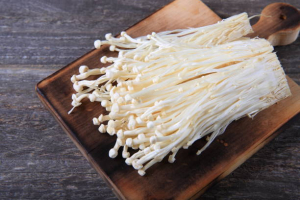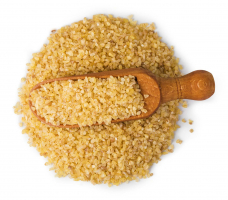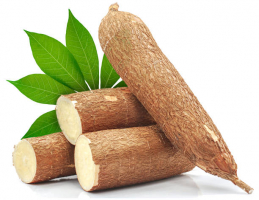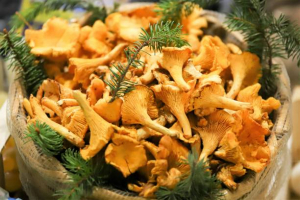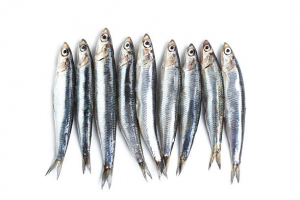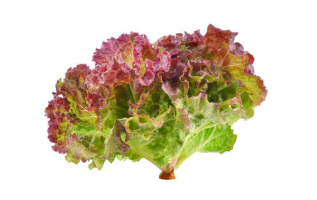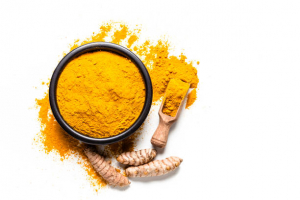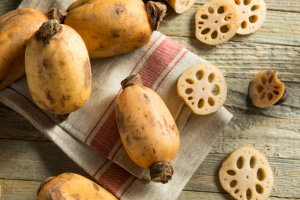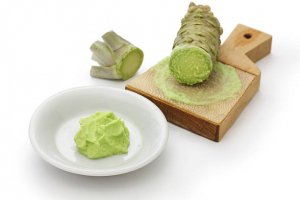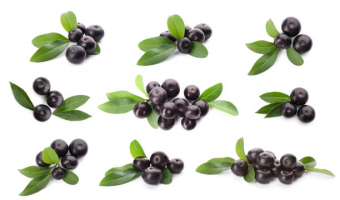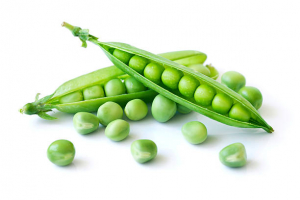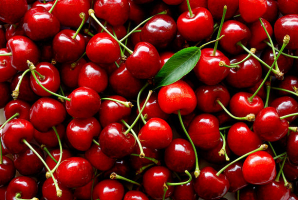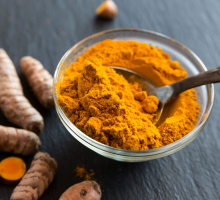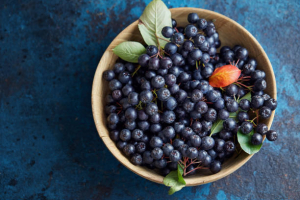Top 10 Health Benefits of Garlic
Did you know the average person eats 2 pounds of garlic each year? Before it was used to flavor your favorite foods, this spice was utilized as a medicinal ... read more...therapy in ancient cultures for hundreds of years. Chinese, Egyptian, and Roman civilizations all used garlic for its health advantages. There is a lot of evidence that they used garlic for its therapeutic benefits. Garlic eating has been demonstrated to provide a variety of excellent health advantages. Let's take a look at the potential health benefits of garlic below!
-
Garlic belongs to the Allium (onion) family of plants. Onions, shallots, and leeks are all cousins. Garlic grows in many places of the world and is a popular cooking ingredient because of its strong aroma and flavor. However, garlic's major usage in ancient history was for its health and medical properties. Many important civilizations, including the Egyptians, Babylonians, Greeks, Romans, and Chinese, used it significantly.
Scientists discovered that sulfur compounds formed when a garlic clove is chopped, crushed, or chewed are responsible for a great deal of garlic's health benefits. Allicin is perhaps the most well-known compound. Allicin, on the other hand, is an unstable compound that is only present in fresh garlic after it has been cut or crushed for a short time. Diallyl disulfide and s-allyl cysteine are two more compounds that may have a role in garlic's health benefits.
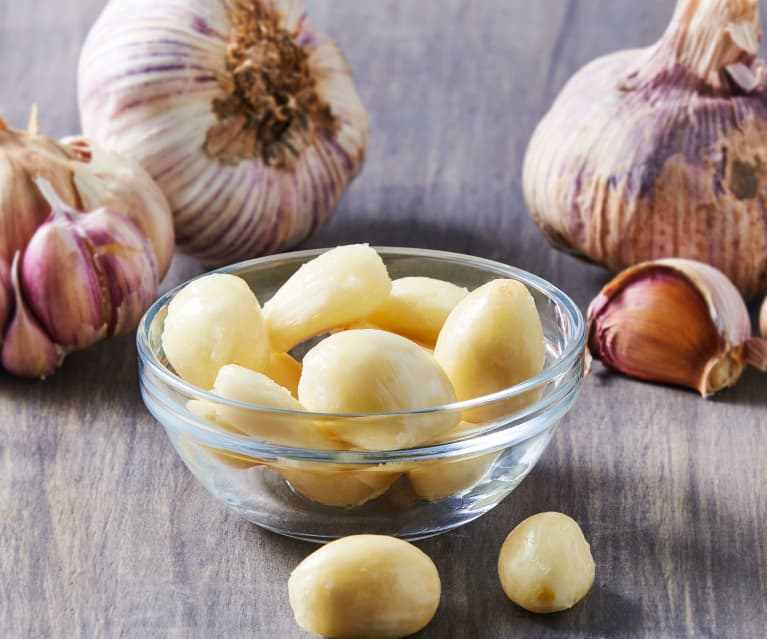
Garlic contain substances that have therapeutic use 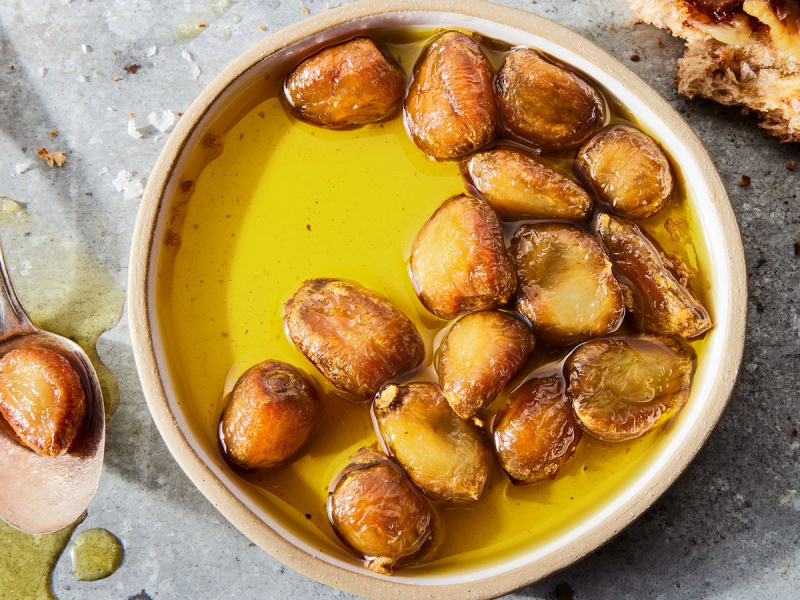
Garlic contain substances that have therapeutic use -
This nutrition information for one clove of raw garlic (3g) contains Manganese: 2% of the daily value (DV); Vitamin B6: 2% of the DV; Vitamin C: 1% of the DV; Selenium: 1% of the DV and Fiber: 0.06 grams. Carbohydrate provides the majority of the calories in garlic, and because the portion size and calories are so low, the carbs are also very low. A 3-gram garlic clove contains nearly no calories. Consuming the entire clove will only add four calories to your total consumption. Garlic calories are unlikely to make a significant impact on your daily food intake because you are likely to eat so little of it.
Garlic also includes various vitamins and minerals, but owing to the low serving size, a single clove does not supply much. Each clove includes a little amount of vitamin C, zinc, calcium, iron, potassium, magnesium, vitamin E, vitamin K, and manganese.
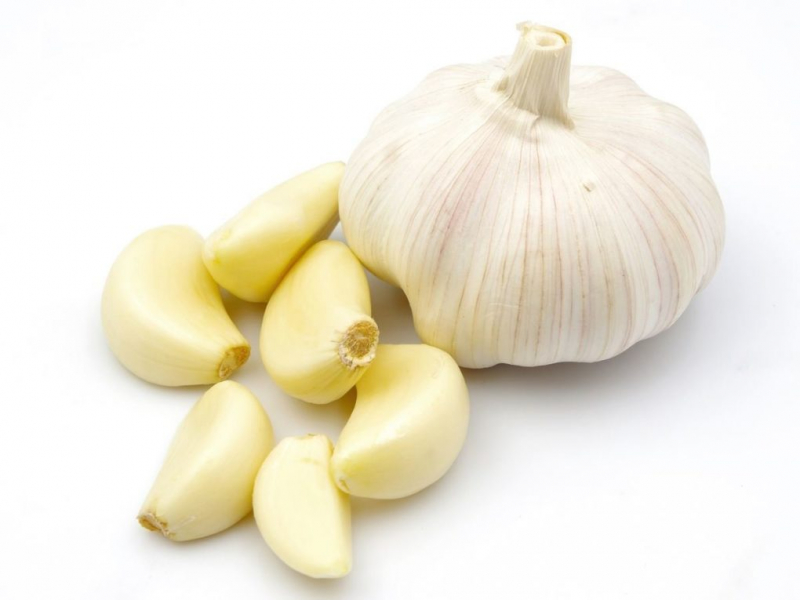
Garlic is abundant in nutrients but low in calories 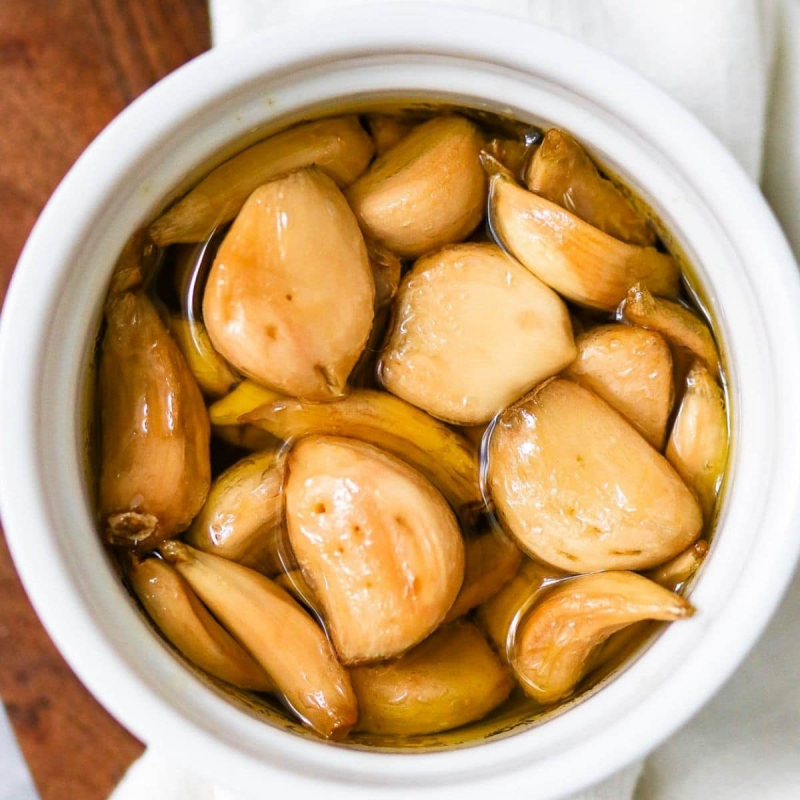
Garlic is abundant in nutrients but low in calories -
Garlic has shown potential as a cold and flu prevention treatment. Garlic has been demonstrated in studies to lessen the risk of being sick in the first place, as well as the length of time you stay sick. It may also help to lessen the severity of the symptoms.
A 12-week trial revealed that taking a daily garlic supplement decreased colds by 63% when compared to a placebo. Cold symptoms were also reduced by 70% in the garlic group, from 5 days in the placebo group to just 1.5 days in the garlic group. In another study, a high dose of aged garlic extract (2.56 grams per day) decreased the number of days unwell with a cold or flu by 61%. However, one review found that the data is insufficient and that additional research is required. Despite the lack of strong evidence, adding garlic to your diet may be worth considering if you frequently get colds.
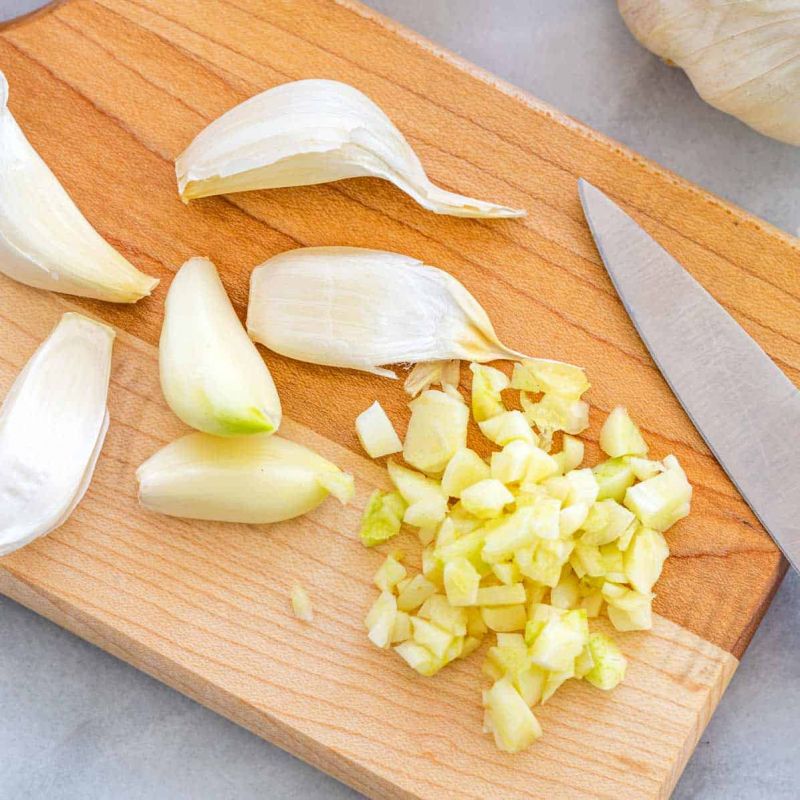
Garlic can aid in the prevention of disease, such as the common cold 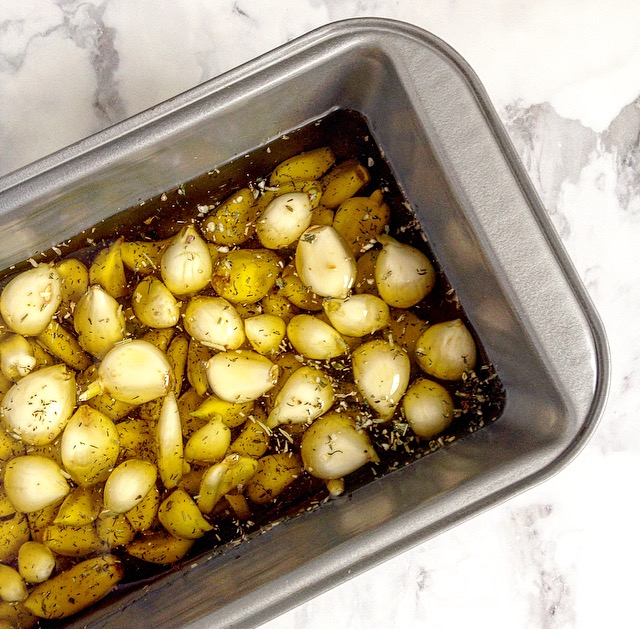
Garlic can aid in the prevention of disease, such as the common cold -
Cardiovascular diseases, such as heart attack and stroke, causes more deaths than practically any other disease. One of the most important factors that might contribute to these disorders is high blood pressure, sometimes known as hypertension.
Garlic supplements have been shown in human studies to significantly lower blood pressure in persons with high blood pressure. In some instances, supplements may be as effective as regular medications. Over a 24-week period, 600–1,500 mg of aged garlic extract were just as effective as the drug Atenolol for lowering blood pressure. To obtain the desired effects, supplement doses must be fairly high. The amount required each day is around four garlic cloves.
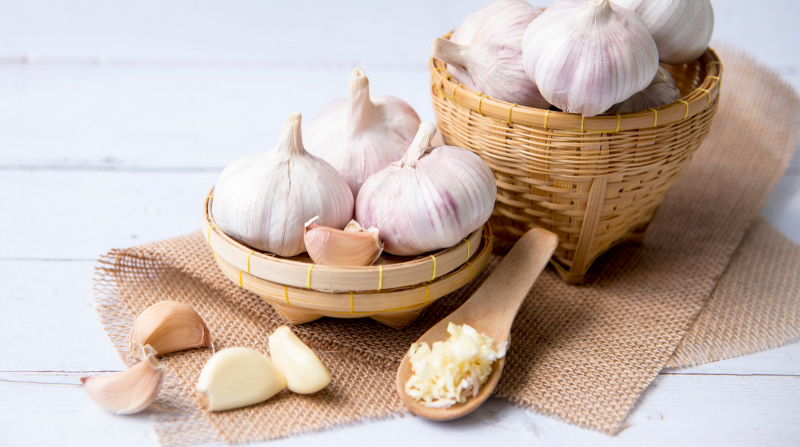
Garlic's active components can help lower blood pressure 
Garlic's active components can help lower blood pressure -
Garlic is one of the most popular natural cholesterol-lowering supplements on the market. Garlic has been shown to decrease cholesterol levels in both animals and people in research investigations. Approximately one-half gram or one gram of garlic was consumed daily in most of the trials that showed cholesterol-lowering results
Garlic has the ability to lower both total and LDL (bad) cholesterol. Garlic supplements appear to lower total and LDL cholesterol by 10–15% in those with high cholesterol. When it comes to LDL (bad) and HDL (good) cholesterol, garlic appears to reduce LDL but has no consistent effect on HDL. So the more garlic you take, the lower your cholesterol will drop. But the cholesterol-lowering effect of garlic appeared to be only temporary in the few research that looked at the long-term effects of cholesterol.
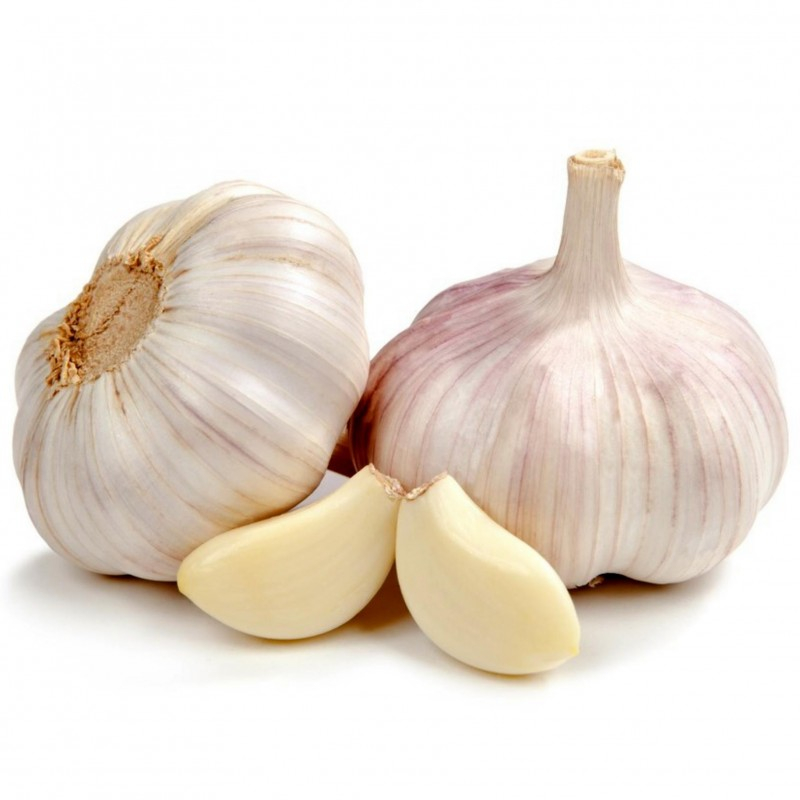
Garlic lowers cholesterol levels, which may lower the risk of heart disease 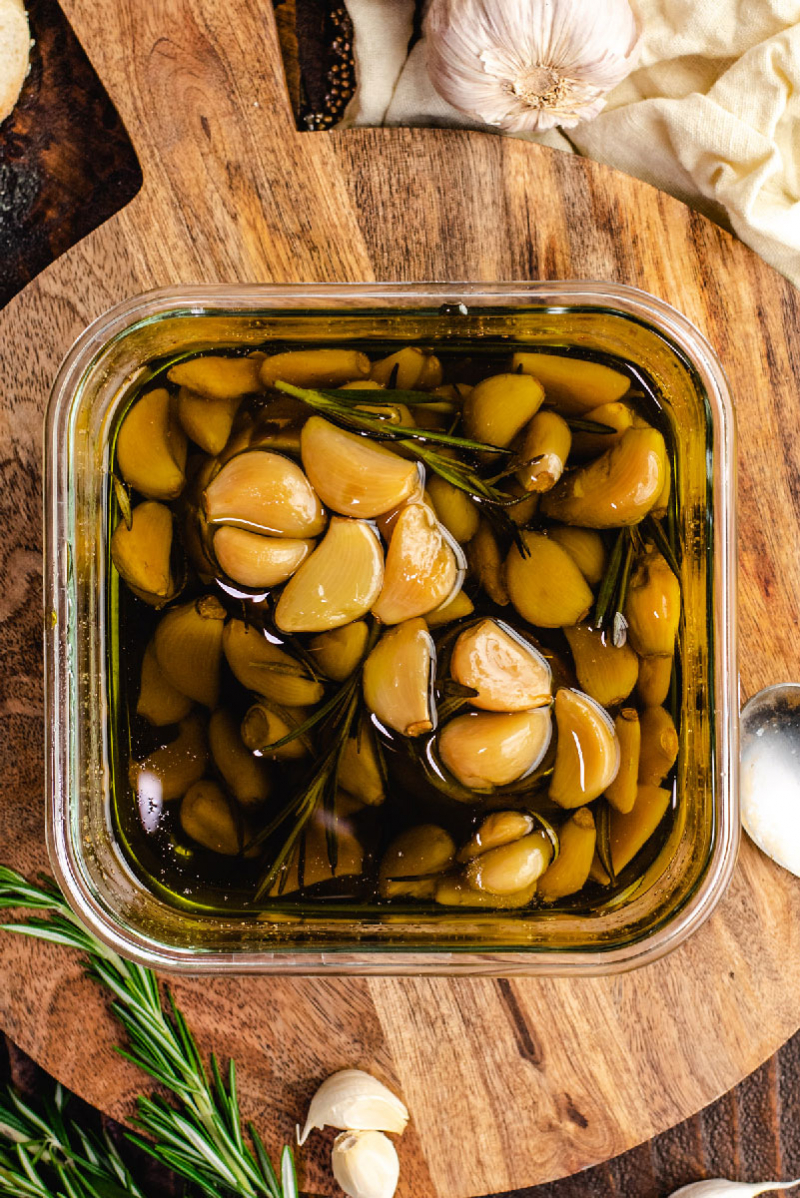
Garlic lowers cholesterol levels, which may lower the risk of heart disease -
Garlic comes from the Mediterranean coast and western Asia. It's been used as a spice and natural medicine for centuries. Garlic is known to have natural antioxidants that help lower lipid peroxides and LDL oxidation by removing reactive oxygen species (ROS).
Free radical oxidative damage adds to the aging process. Garlic is high in antioxidants, which help the body's natural defenses against oxidative. Garlic supplements at high doses have been found to boost antioxidant enzymes in humans and lower oxidative stress in persons with high blood pressure. The antioxidant properties and combined effects on lowering cholesterol and blood pressure may reduce the risk of common brain diseases including Alzheimer's disease and dementia.
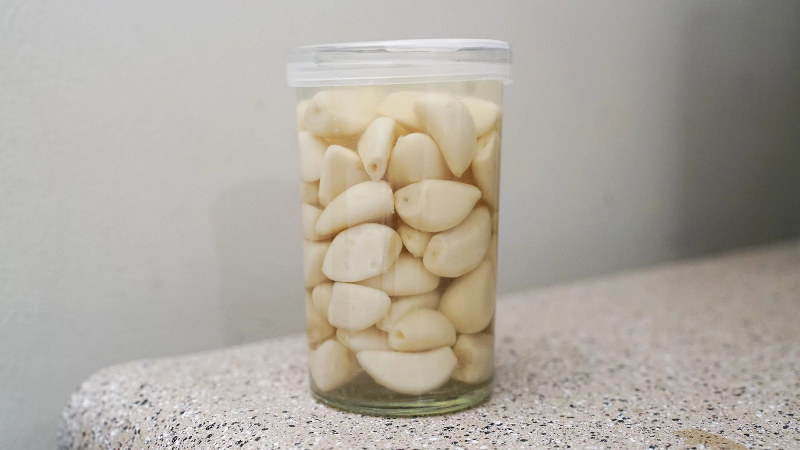
Garlic contains antioxidants that may help prevent dementia and Alzheimer's disease 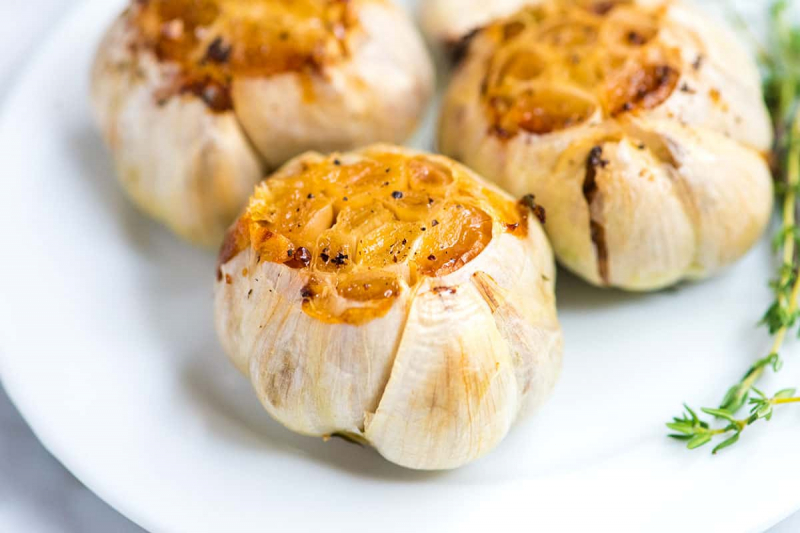
Garlic contains antioxidants that may help prevent dementia and Alzheimer's disease -
Garlic has several health advantages in addition to giving flavor. Garlic used as a regular part of your diet has been shown to offer several health benefits and may even help you live longer. For at least 5,000 years, garlic has been used for its medicinal and therapeutic benefits. According to historical artifacts and texts, Hippocrates prescribed garlic to heal respiratory problems, parasites, poor digestion, and fatigue in ancient Greece.
In humans, the effects of garlic on longevity are almost impossible to prove. Garlic, on the other hand, may help you live longer due to its favorable impact on important risk factors including blood pressure. Its ability to fight infectious diseases is also significant, as they are common causes of death, particularly among the elderly and those with weakened immune systems.
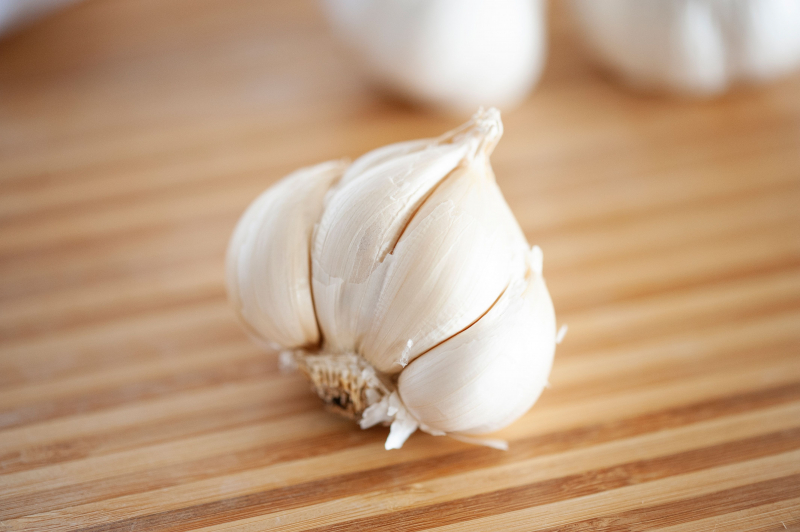
Garlic may prolong your life 
Garlic may prolong your life -
One of the first "performance enhancing" substances is garlic. It was commonly utilized in ancient cultures to relieve fatigue and increase laborers' work capacity. It was most famously given to Olympic athletes in ancient Greece.
Vitamin C and vitamin B6 are the two most important vitamins in garlic. Vitamin C's antioxidant properties are well-known. Apart from that, garlic includes manganese and selenium, both of which are essential to an active body. Garlic also has calcium, copper, potassium, phosphorus, and iron in it. It can also produce hydrogen sulfide and nitric oxide, which both help to relax the arteries and enhance blood flow to the muscles. People with heart disease who took garlic oil for 6 weeks had a 12% lower peak heart rate and greater exercise capacity, according to one small research. Other research suggests that garlic may help to prevent exercise-induced fatigue.
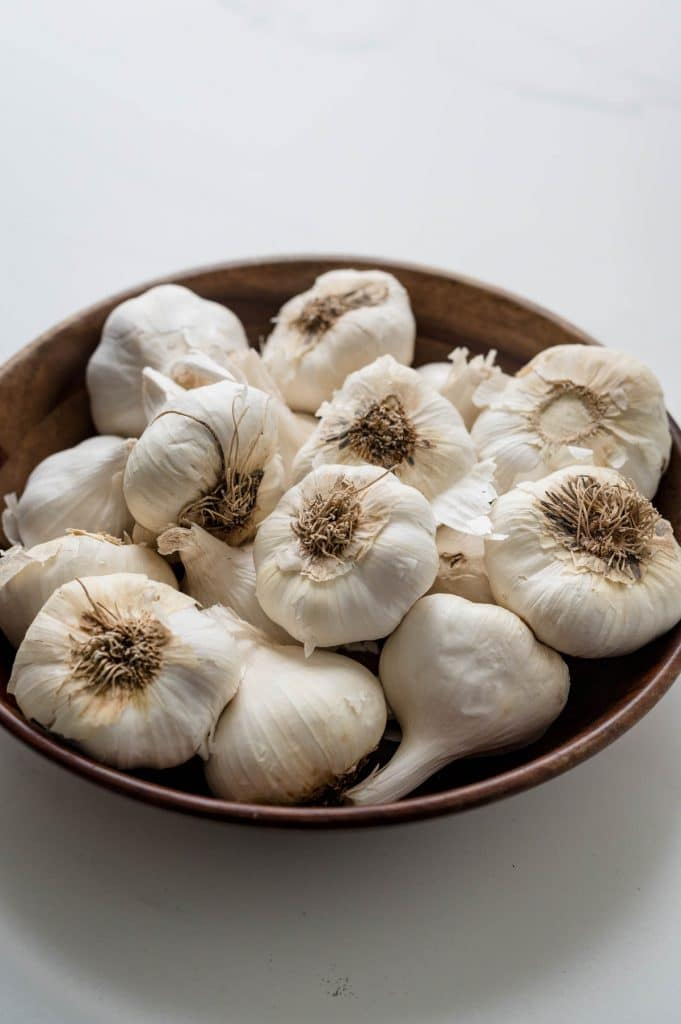
Garlic supplements might help athletes perform better 
Garlic supplements might help athletes perform better -
Garlic offers several health advantages. The ability to detox heavy metals is one of them. Garlic has been shown in studies to be able to eliminate heavy metals from the body. Rats were given drinking water contaminated with mercury, cadmium, and lead in one research. Garlic extract was found to be effective in removing varying amounts of these three metals from the rats' livers.
Garlic's sulfur compounds have been demonstrated to protect against organ damage caused by heavy metal toxicity at high doses. Another study found that garlic extract was as effective (without the adverse effects) as a prescription drug for treating chronic lead poisoning in car battery workers. Garlic lowered lead levels in the blood by 19% in a 4-week trial of employees at a car battery plant who had been exposed to too much lead. Many clinical signs of toxicity, such as headaches and blood pressure, were also decreased.
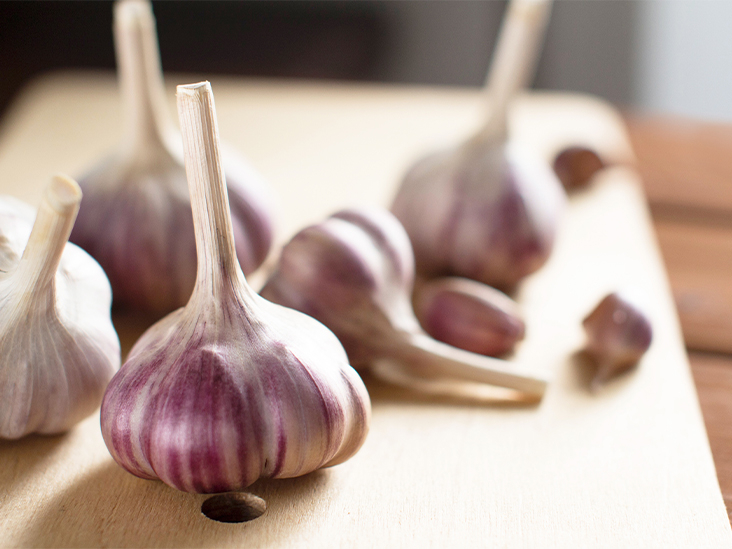
Garlic may aid in the detox of heavy metals in the body 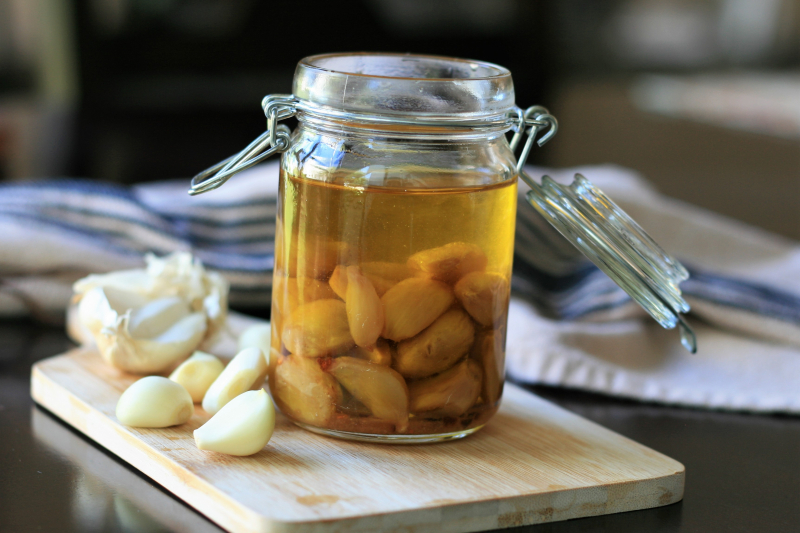
Garlic may aid in the detox of heavy metals in the body -
Osteoporosis affects millions of Americans, particularly women in their 40s and 50s. According to the Centers for Disease Control and Prevention (CDC), osteoporosis affects about one in every five women over the age of 50, with a higher number of males in the same age range.
Garlic's effects on bone loss have not been studied in humans. However, rodent studies have indicated that increasing estrogen in females can reduce bone loss. A daily dose of dried garlic extract (usually 1 - 2 grams of raw garlic) reduced a marker of estrogen deficiency in menopausal women in one trial. This indicates that this supplement may be good for women's bone health. Garlic and onions, for example, maybe helpful in the treatment of osteoarthritis.
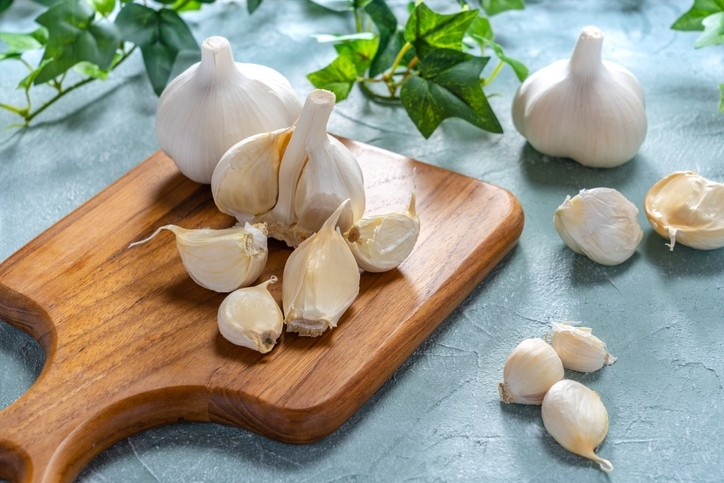
Garlic may improve bone health 
Garlic may improve bone health














